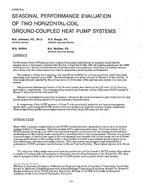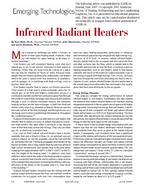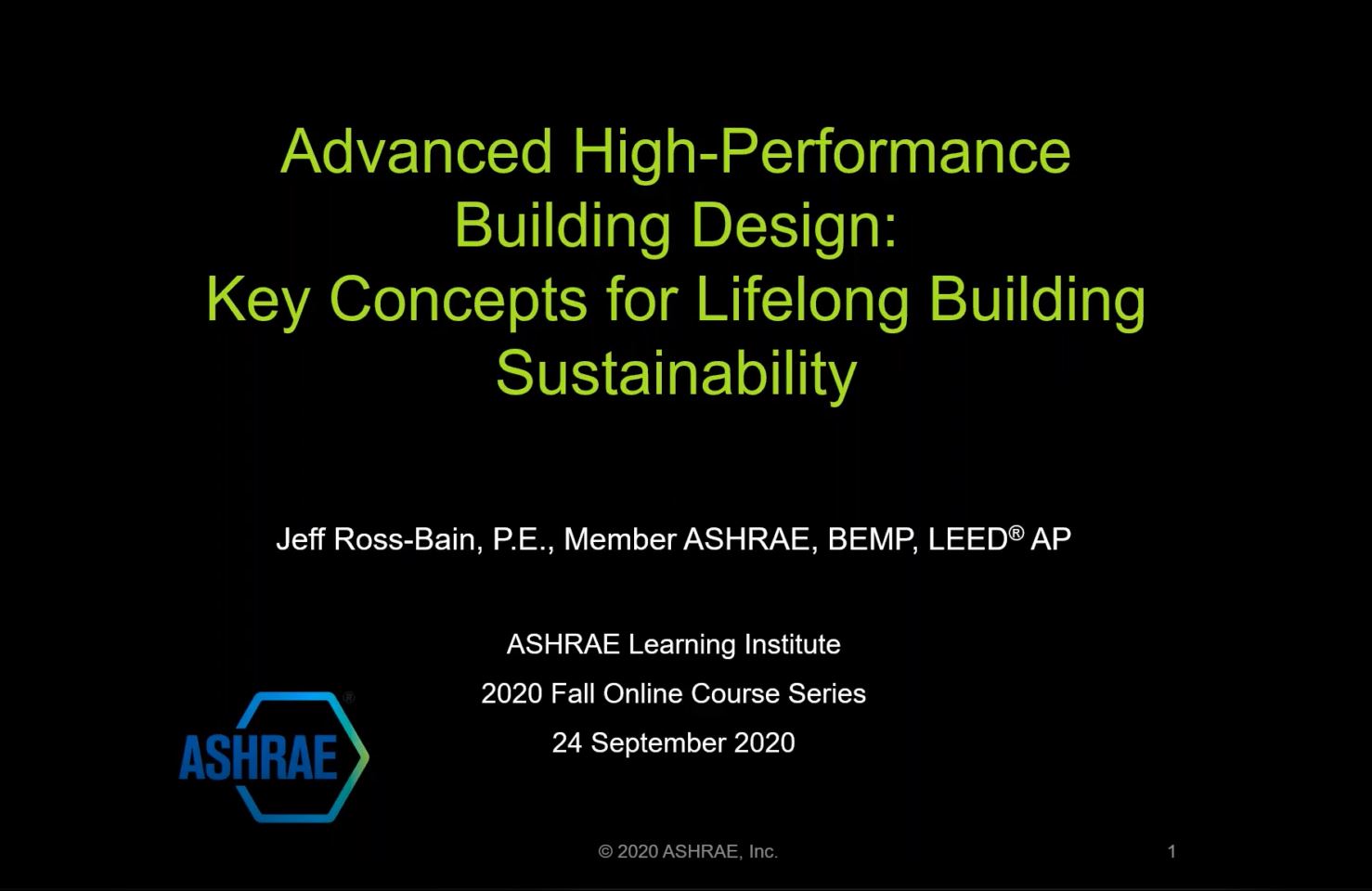This paper describes a numerical simulation study of a new environmental chamber recently constructed in Athens for the testing of special equipment for carriage of perishable foodstuff as specified in the United Nations ATP agreement. A transient finite difference model is developed for the chamber and a typical specimen refrigerated truck to be tested. Proportional- integral control is employed for control of the cooling/heating system. The impact of various parameters on the time required to reach the setpoint temperature (tset) is investigated. Specifically, the impact of specimen insulation thickness and the thickness of the chamber concrete floor are considered in detail. The impact of modeling detail is also investigated by considering two lumped layers for the floor versus four layers. The time tset) , which is initially about 1.5 hours, increases by approximately 10% when the concrete floor thickness is increased from 10 cm to 30 cm for typical initial conditions and desired chamber and specimen temperatures of 32.5°C and 7.5°C, respectively. The specimen insulation thickness has a significant impact—reducing the insulation U-factor from 1 to 0.2 W/(m2K) reduces the time required tset) by about 16%.
Units: SI
Citation: ASHRAE Transactions, vol. 108, pt. 2
Product Details
- Published:
- 2002
- Number of Pages:
- 6
- File Size:
- 1 file , 390 KB
- Product Code(s):
- D-8839


